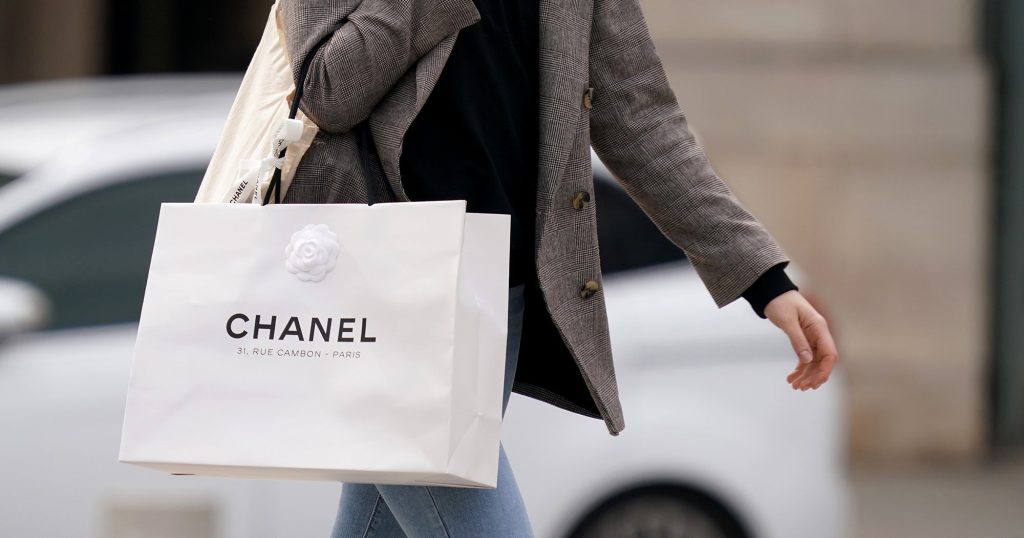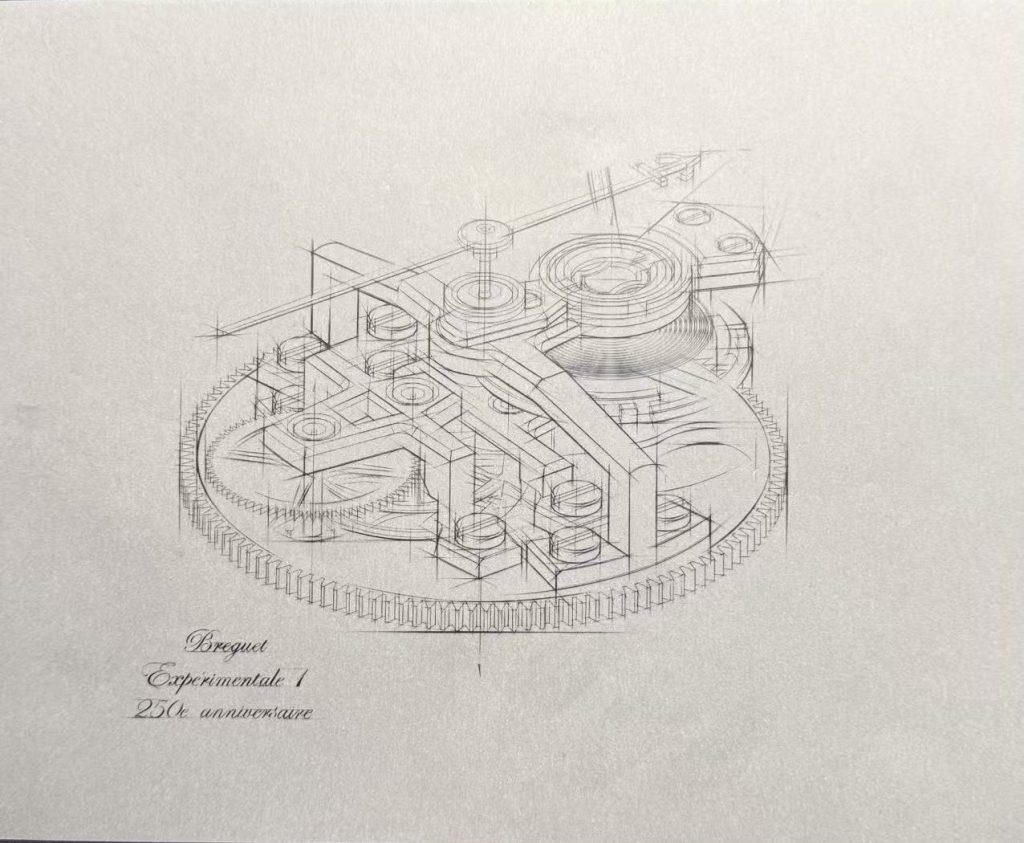Please bring LUXURY back to Luxury watch shopping

The luxury shopping experience is a concept embraced by various industries that aim to elevate their branding and captivate the hearts of discerning consumers.
In the fashion industry, renowned brands like Chanel and Gucci serve as prime examples of companies that have mastered the art of luxury shopping. Their opulent boutiques provide a regal ambiance, personalized service, and exclusive limited-edition pieces, creating an exceptional experience for fashion enthusiasts.

Similarly, in the world of high-end automobiles, companies like Rolls-Royce and Bentley offer a luxury shopping experience that mirrors the sophistication of their vehicles. Showrooms are opulently designed, personalized consultations guide customers through bespoke options, and test drives are akin to exclusive outings, ensuring a memorable journey towards acquiring a premium automobile.

Fine dining establishments such as The French Laundry and Alain Ducasse’s restaurants also excel in delivering an unparalleled experience. These dining venues blend exquisite decor, top-tier service, and rare culinary creations, meticulously orchestrating every detail from reservation to dessert for a truly luxurious dining experience.


The luxury shopping experience extends beyond tangible products into the realm of travel and hospitality. High-end hotels like The Ritz-Carlton and Aman Resorts promise guests a world of indulgence. Lavish accommodations, spa treatments, and exclusive concierge services are meticulously designed to master the art of luxury experience.


However, the luxury watch shopping experience has undergone a significant transformation, becoming a challenge for many consumers. What was once a symbol of luxury and indulgence has now turned into a complex process, more reminiscent of a background check.
These coveted timepieces appear accessible only to a select few with extensive purchase histories or recognition. The core issue lies in the overwhelming demand for luxury watches, surpassing the availability of these prestigious items. Many well-known brands are left with empty storefronts and endless waiting lists.
To exacerbate the situation, the secondary, or “grey,” market has surged in popularity. Obtaining any sports Rolex, can cost significantly more on the secondary market compared to the official retail price.

This scarcity of luxury watches can be attributed to a shift in perspective. Many people now view these watches as investments rather than items of passion (lets not even go there, I need another article on this), leading to long waiting lists and the resorting to the grey market.
The customer experience is far from positive, with some establishments requiring extensive documentation and a business card. In some cases, these establishments may go a step further and investigate an individual’s social media presence to assess whether they meet their standards. This scrutiny of social media profiles could be used to gauge a potential customer’s lifestyle, interests, or image to determine if they align with the brand’s values and target customer persona. Additionally, interviews may be conducted to delve deeper into a customer’s qualifications, ensuring that they are a good fit for the exclusive or high-end products such as luxury watches. While this approach may help deter resellers, it’s important for brands to strike a balance between exclusivity and customer inclusivity to avoid alienating potential enthusiasts or buyers.
Ultimately, many resort to purchasing from the secondary market, paying a premium over the official retail price due to the negative experiences encountered at authorized dealers.
This experience has left a sense of disillusionment with the luxury watch market, with some brands appearing to prioritize profit over passion. As a result, there’s a growing inclination to explore alternatives, aiming to escape the speculative bubble and regain authenticity. The dream may be tarnished, but the reluctance to return to certain luxury brands is strong. Instead, many are seeking independent brands as a path to rekindle their passion for watches.
As we reflect on the changing landscape of luxury watch shopping, one question lingers: How do you envision the future of this exclusive experience, and what changes would you like to see to make it more accessible and enjoyable for all watch enthusiasts?


